A new catalyst facilitates the first general protocol for the cross-coupling of aryl chlorides and reactive organolithium reagents.
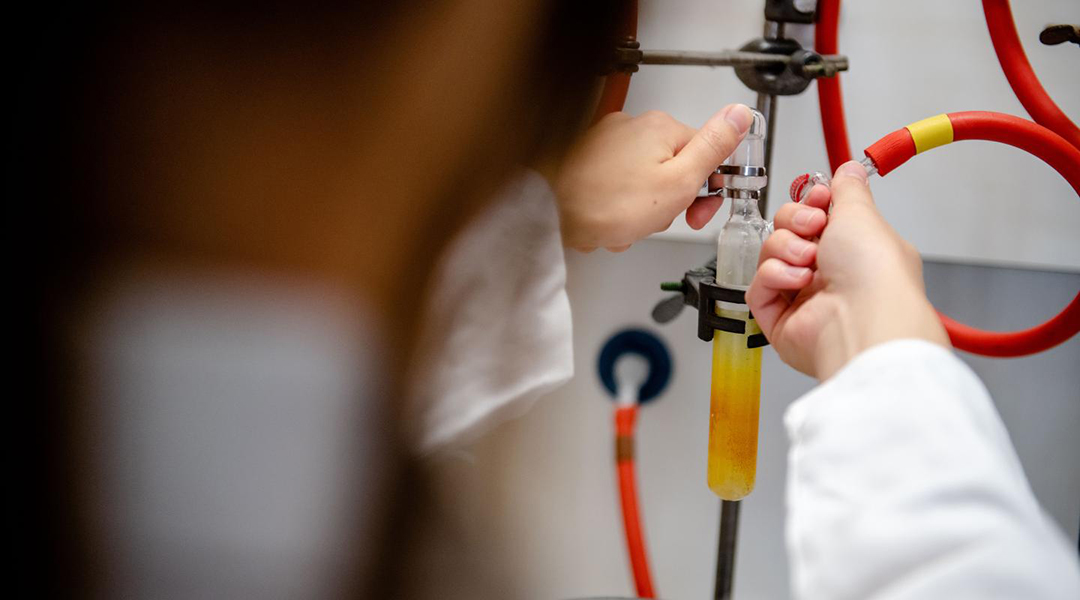

A new catalyst facilitates the first general protocol for the cross-coupling of aryl chlorides and reactive organolithium reagents.

Inspired by nature, researchers create a new kind of photoelectric generator based on a bacterial ion pump.

Computer simulations provide a better means of optimizing, predicting, and understanding experimental observations in the search for new battery materials.
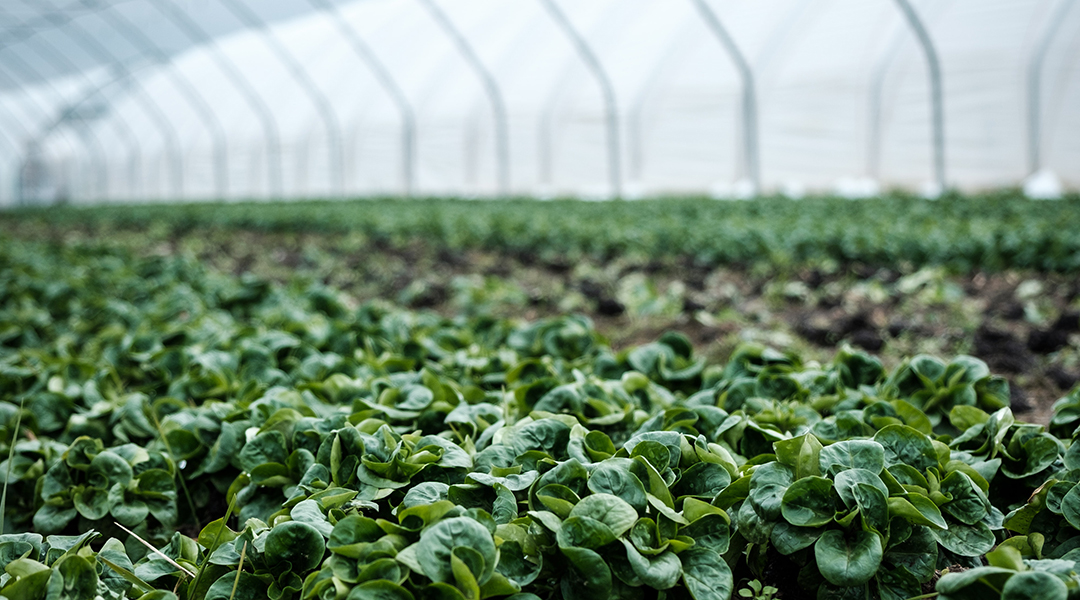
Semi-transparent solar cells allow plants and solar energy to be efficiently generated on the same crop land.
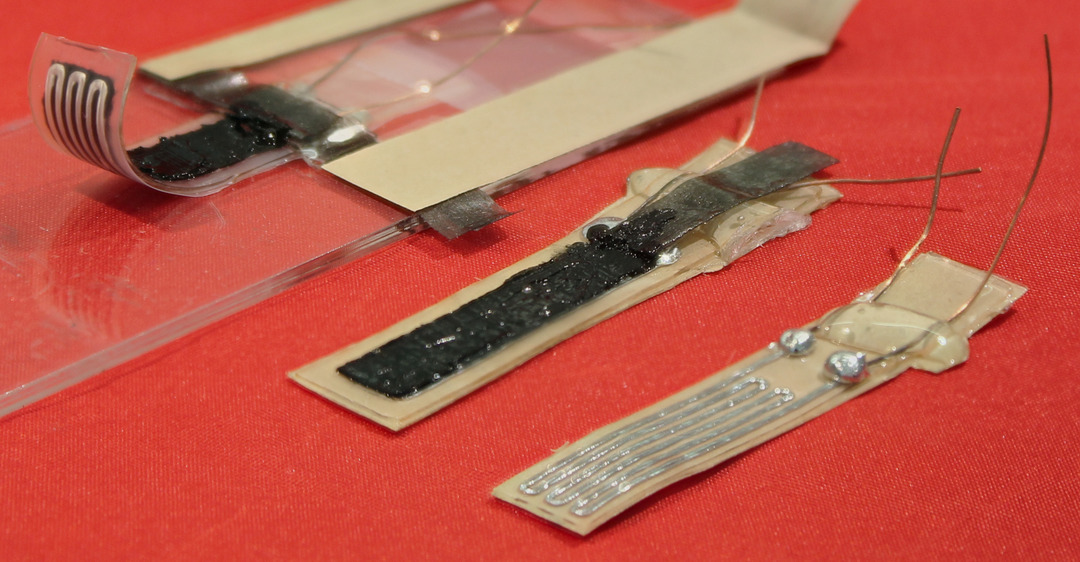
A new layer-by-layer fabrication process allows researchers to create new and improved soft robot actuators with variable degrees of stiffness.
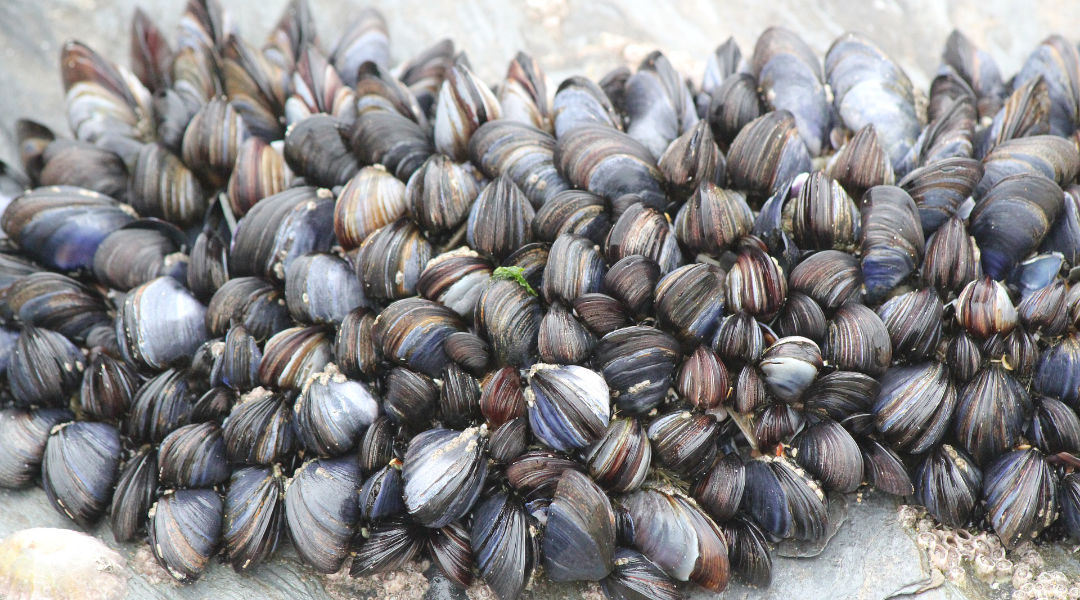
Scientists design a stretchable, adhesive, self-healing material that can change color as a result of movement for real-time motion sensors.
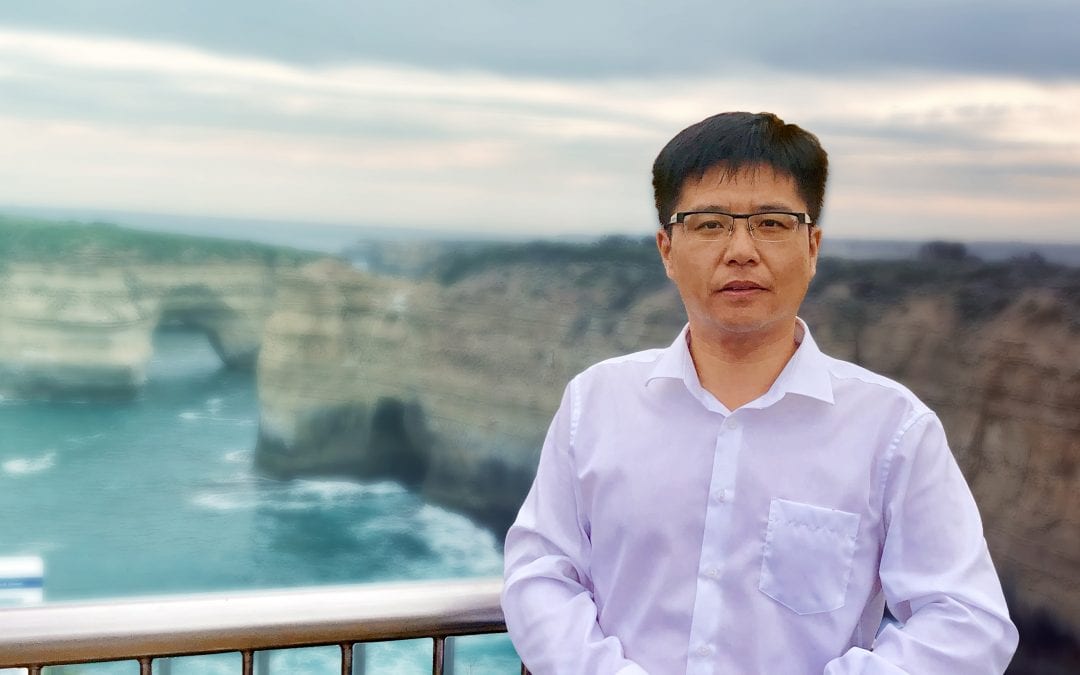
Celebrating “10 years of Advanced Energy Materials Research,” Tierui Zhang opens up about his scientific career and his rather unique hobby of chemistry stamp collecting.

Researchers design a photo-electrochemical reactor to produce affordable “green” hydrogen.

Both Roman law and Law of the Sea provide precedents for sharing natural resources, and the emerging trend of benefit‐sharing offers multiple and varied possibilities as well.

Hydrogen is a promising sustainable energy source, and exciting steps are being made towards realizing a hydrogen-powered, zero emissions infrastructure.